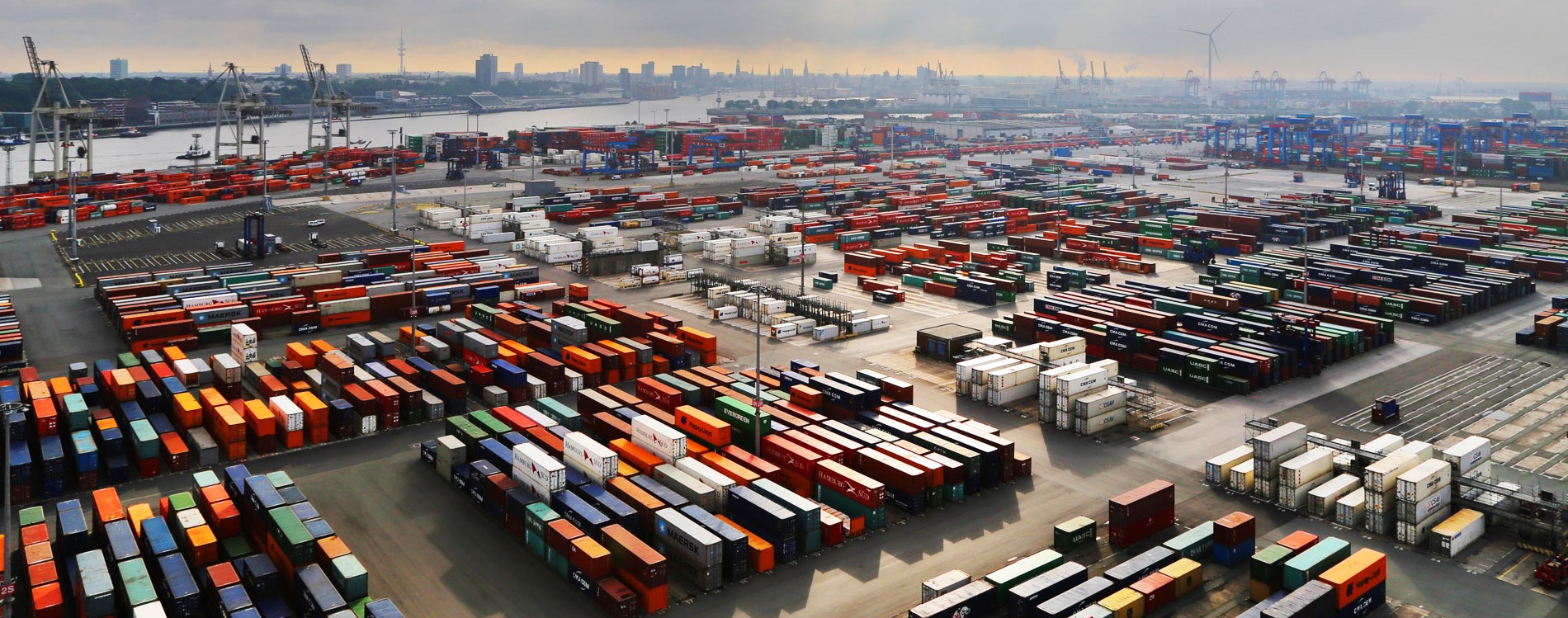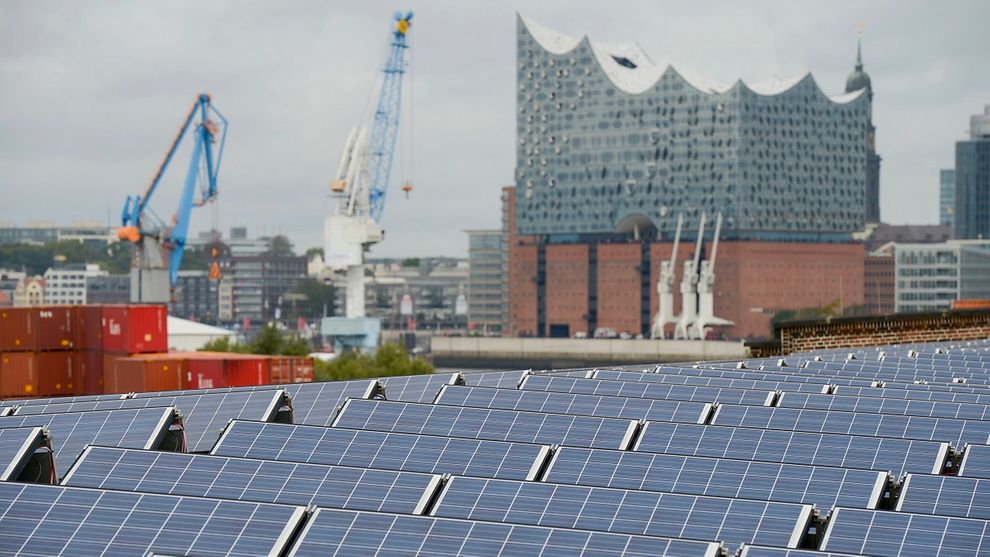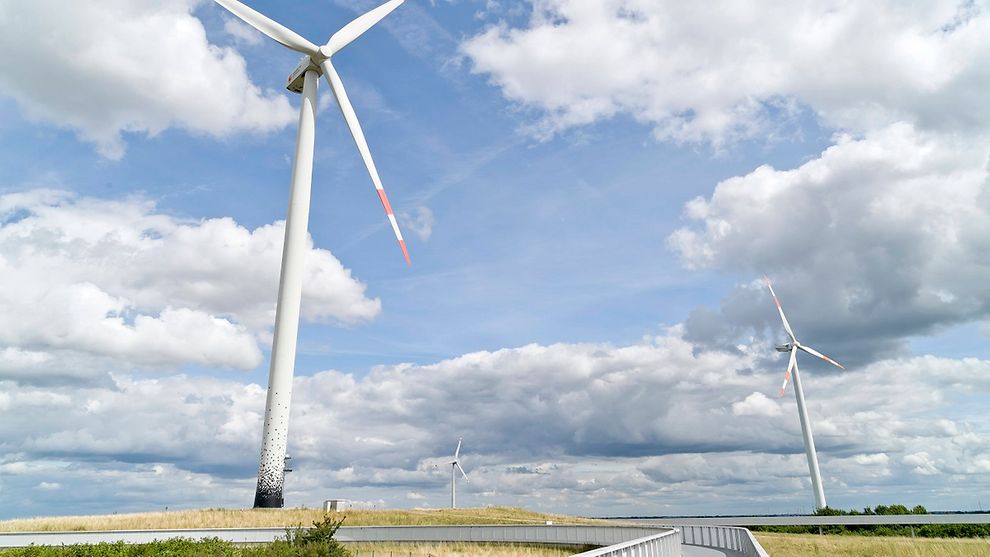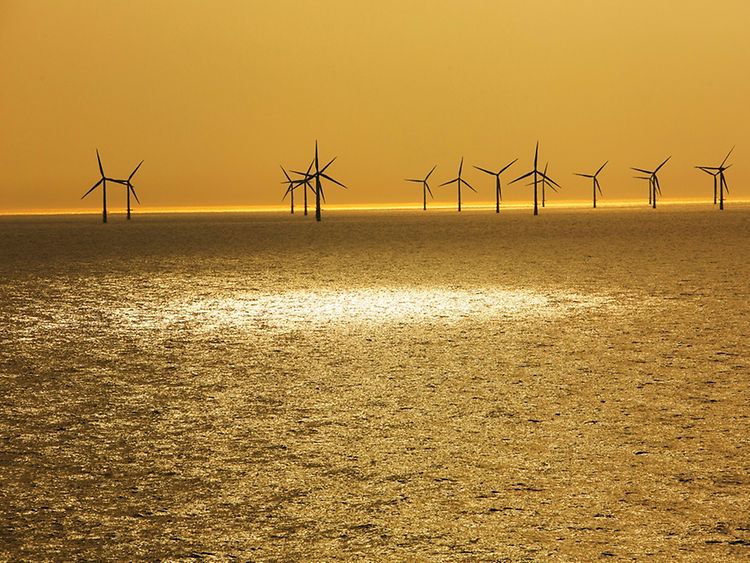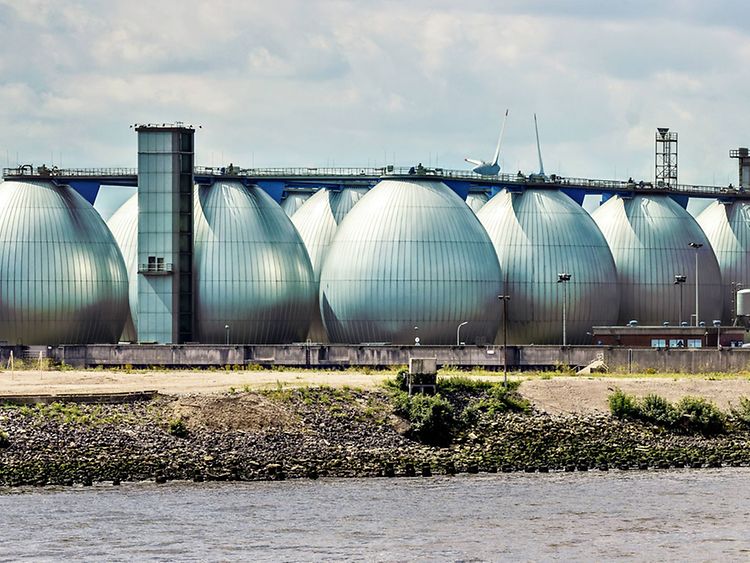Sunlight is the ultimate energy source – not only for plants and animals, but for humans too. That’s why more and more Hamburg residents and businesses are coming to rely on the advantages of solar energy. Not only is this energy clean, renewable and readily available, but it’s also a key to becoming more independent from conventional power supplies and taking action in the community.
Photovoltaics and solar thermal energy
When it comes to solar energy, there are some essential differences between photovoltaics and solar thermal energy:
Photovoltaics
Photovoltaic systems generate electricity. Solar cells can be made of different materials, such as silicon or cadmium telluride. Sunlight triggers electrons to move in the solar cells and electrons in motion generate electric currents. Usually between 10 and 25 percent of the sunlight can be transformed into electricity, but there are promising developments that indicate efficiency could be substantially raised in the coming years.
Solar thermal energy
Solar thermal collectors generate heat. Sunlight hits the collectors and heats up liquid stored inside, usually water or oil. The heat from that liquid can then be stored or introduced into heat cycles to heat buildings or the water we use every day. Since the heat energy can be used directly without having to be transformed, usually 60 to 75 percent of the energy can be used effectively.
The turn towards solar energy
Due to the transformation plans from fossil fuels to renewable energies, 65 percent of the German national power supply must come from renewable sources, such as wind or solar power, by 2030. On top of this, Hamburg also has its own plan to quit sourcing fossil fuels and nuclear energy for the sake of climate protection. By 2050, Hamburg plans to cut carbon emissions by more than 80 percent.
Solar power is a crucial driving factor in both Hamburg and all of Germany to reach these renewable energy transition goals. Along with wind power and the generation of energy from biomass, solar power is one of the most important sources of clean, environmentally friendly, renewable energy.
Photovoltaics mandatory in new buildings
An important step in generating more renewable solar energy in Hamburg is to use more surface area on roofs. That’s why newly constructed buildings in Hamburg must feature photovoltaic systems on roofs with a surface area of 50m² or more from 2023 on. From 2025, this rule will also apply to renovations of existing roofs.
This is not restricted to residential buildings: all owners of property scheduled to be built from 1 January 2023 or scheduled to have their roof cladding renovated starting 1 January 2025 must install solar power systems on their roofs.
There are exceptions for when the total surface area of the roof is less than 50m², when the building is designed to be disassembled and reconstructed in different places (e.g. air domes, big tops or tents), and for greenhouses. Furthermore, exceptions are also made if there are already solar thermal systems installed on the roof and there is no space left for photovoltaics.
Another exception is concerned with heavily sheded parts of the roof: in order to be suitable for the installation of photovoltaic systems, the roof should not be in the shade during summer. Also, the roofing substructure should be capable of carrying enough weight: a single photovoltaics module weighs about 12kg/m².
Costs and funding
Small-scale systems with a nominal capacity of up to 10kWp (kilowatt-peak) generally cost between €1,500 and €1,700 per kWp. According to the environmental office, installing photovoltaic systems pays itself off in less than 20 years. Considering that most systems should run for at least 40 years, this is quite a good deal.
In addition to receiving compensation for the electricity fed into the grid (see here for more information; German only), there are various ways to fund the purchase and installation of photovoltaic systems. For example, the KfW bank (German only) offers funding loans for homeowners and businesses. In order to get funding loans, users must feed a fair share of the electricity into the public grid.
